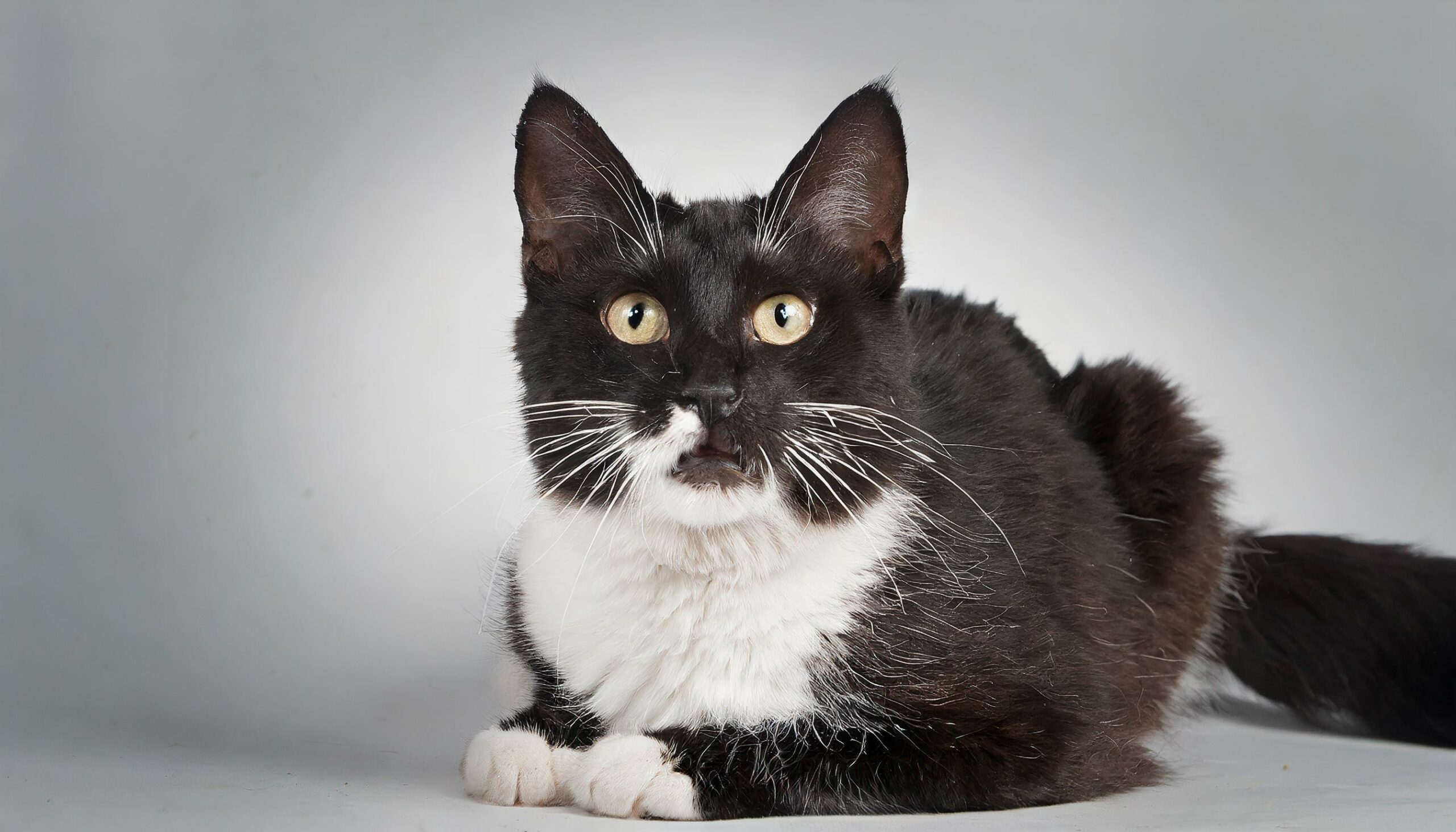The Manx cat, renowned for its distinctive taillessness, hails from the Isle of Man, where it has been a subject of fascination and legend for centuries. This breed is celebrated not only for its unique appearance but also for its robust health, friendly demeanor, and excellent hunting skills. The Manx cat is a versatile companion, adapting well to various environments and making itself an integral part of any family. This profile delves into the Manx’s origins, physical characteristics, temperament, care needs, and its role as a playful and affectionate member of the household.
Origins and History
The Manx cat’s origins are steeped in folklore, with tales suggesting its taillessness is the result of various mythical encounters. However, the breed’s unique trait is the result of a genetic mutation that has been present on the Isle of Man for many generations. The Manx was one of the original breeds registered with the Cat Fanciers’ Association (CFA) in the early 20th century, highlighting its longstanding appeal and recognition. Over the years, the Manx has been prized for its excellent hunting abilities, often kept on farms to control rodent populations.
Physical Characteristics
The most notable feature of the Manx cat is its taillessness, though the length can vary from completely tailless (rumpy) to a small stump (rumpy riser). Beyond its tail, the Manx boasts a rounded, stocky body, a broad chest, and a short back, contributing to its distinctive silhouette. The breed has a double coat that can come in various colors and patterns, providing a plush feel. Its round head, large round eyes, and small ears give the Manx a sweet, expressive face that complements its friendly nature.
Temperament and Behavior
Manx cats are known for their dog-like characteristics, including loyalty, playfulness, and the ability to learn commands or even fetch. They are highly social and enjoy being part of the family’s daily activities, often following their owners around the house. The Manx is particularly good with children and other pets, making it an ideal choice for a family companion. Its hunting instinct remains strong, so it may engage in playful “hunts” around the home. Despite their playful side, Manx cats also appreciate quiet time and can often be found lounging in their favorite spots.
Care and Health
The Manx’s coat requires regular grooming to remove loose hair and maintain its plush texture, particularly for the long-haired variety known as the Cymric. They are generally healthy but can be prone to a genetic condition known as Manx syndrome, which affects Manx kittens and can lead to spinal and neurological problems. It’s important to obtain a Manx from a reputable breeder who tests for this condition. Regular veterinary check-ups, a balanced diet, and a safe environment are key to ensuring the Manx’s health and well-being.
The Manx in the Family
The Manx cat’s adaptable and affectionate nature makes it a beloved companion in diverse households, from active families to quiet singles. Its moderate exercise needs are easily met with interactive play and exploration within a secure environment. The breed’s sociable temperament and gentle disposition endear it to everyone it meets, providing both companionship and entertainment. For those enchanted by the Manx’s unique taillessness and seeking a cat with a playful spirit and loving heart, the Manx offers a rewarding and engaging companionship.
In conclusion, the Manx cat stands as a breed of unique charm, robust health, and affectionate character. With its origins on the Isle of Man and its status as a cherished family pet, the Manx continues to delight and enchant cat lovers around the globe. For those willing to provide the love, care, and attention this breed requires, the Manx cat offers an unparalleled companionship, serving as a devoted friend and cherished member of the family.
